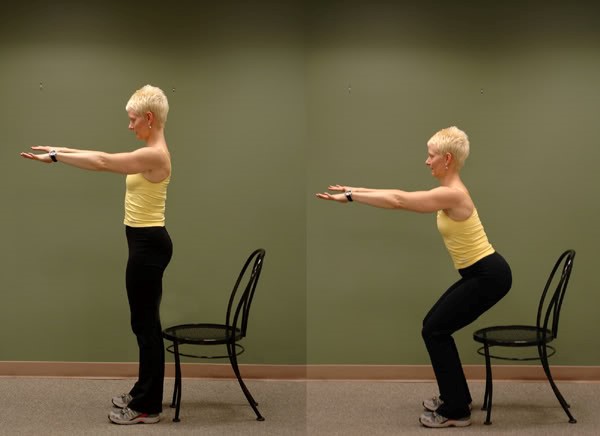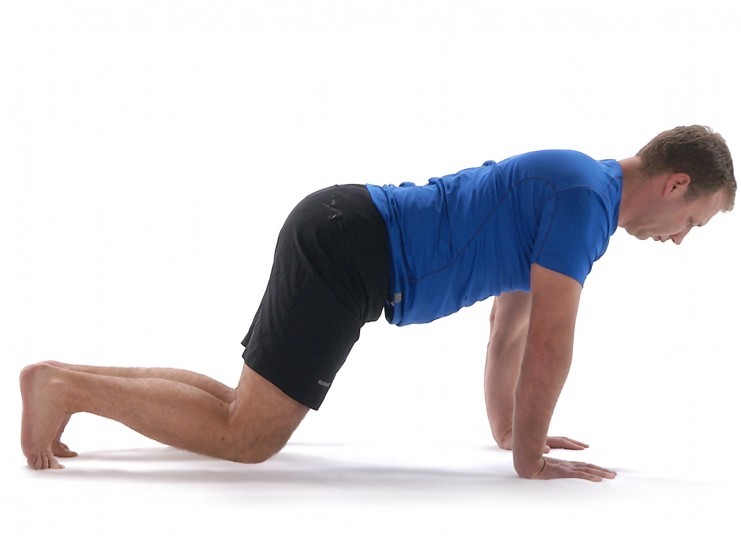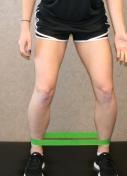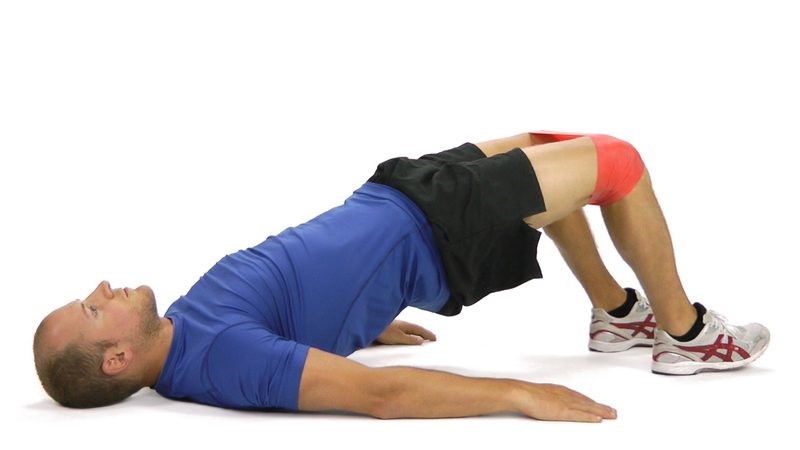
Baby boomers make up about 25% of the U.S. population, the largest generation of Americans! This post-WWII age cohort is known for optimism, work ethic, and achievement. They are largely responsible for the commencement of the equal rights movement. They have had a major impact on the buying habits of Americans, saving many retail businesses from extinction. Many of them also influence public policy by acting as high-ranking politicians. There is no doubt that the baby boomers have had a tremendous influence on today’s society.
In addition to tackling social change, economics, and politics, the baby boomers, now between the ages of 50 and 68, have a new task at hand – their health. As each of them age, they can expect some changes in bodily function. For example, it has been observed that muscle strength decreases by 15% in the 6th decade of life.
Furthermore, muscle strength may decrease by an extra 30% in the 7th decade of life. This age-related loss of skeletal muscle mass and strength is known as sarcopenia. For long-term health it is important to fight sarcopenia. Preservation of muscle mass is not only important for strength and function, it also plays a crucial role in lowering the risk for obesity, cardiovascular disease, diabetes, and osteoporosis. After all, maintaining proper muscle mass burns extra calories, and provides the stress through activity that keeps bone density within appropriate levels.
There are two primary classifications of muscle fibers, Type I and Type II. Type I fibers, responsible for slow contractions, are resistant to fatigue. These are the primary fibers utilized when walking around the house and completing chores. Type II fibers are responsible for quick and powerful movements. For example, you need type II fibers to climb stairs, stand from a chair, walk quickly to cross the street before the light turns, and to keep from falling after stepping on a patch of ice.
As individuals age, type II fibers take the biggest hit. Unfortunately, current health recommendations for adults focus on endurance exercise. Endurance exercise is great for type I fiber strength, heart health, and the well-being of many other organ systems. However, it does nothing to preserve diminishing type II fiber strength. Resistance training is the only proven countermeasure to age-related loss of type II muscle fiber strength.
Exercise Prescription
In order to build muscle mass and increase strength, it is recommended that older adults should resistance train on 2-3 days per week for at least 8-12 weeks. During each session, he or she should perform 3 sets of 8-12 repetitions. The exercise should be challenging enough that it is difficult to complete the full number of repetitions. If one is able to perform 13 or more repetitions on the final set, increase the resistance for that particular exercise during the next session. In order for older adults to maintain muscle strength, it is only necessary to resistance train 1 time per week.
Physical Therapy Exercises
We all lead busy lives. Therefore, if you are able to make it to the gym 1-3 times per week for resistance training, excellent! However, if that seems like an impossible task, here are three exercises that you can do in your own home. Each are designed to target type II muscle fibers.

Clamshells
Lie on one side and curl your body into the fetal position. The more curled your body is, the more likely you are to perform the exercise correctly. Make sure the top knee is placed about an inch more forward than the bottom knee. Again, this will ensure that you perform the exercise correctly. Keeping the ankle in place, quickly lift the knee upward, and then slowly lower it. To make it more challenging, perform the exercise using a resistance band.
 Squats
Squats
Standing in front of a chair, slowly squat as if you were going to sit in the chair. When your bottom touches the chair, quickly stand. Remember, do not let your knees go over your toes. To make the exercise more challenging hold a heavy book in your hands. Or, try performing a single leg squat by lifting one leg into the air. With a single leg squat remember not to let your knee buckle inward. If you are having trouble keeping form, try performing the exercise in front of a mirror.
 Elevated Rocking
Elevated Rocking
Start in ‘Raised Quadruped’ position, knees 1 inch off the floor. Slowly shift your weight slightly forward into your hands and then back into your feet. Keep your back flat and knees 1 inch off the ground for the entire duration of the exercise.
 Side-Step With An Exercise Band
Side-Step With An Exercise Band
Begin with band around ankles. Lower your seat-maintain this squat position throughout the entire exercise. Move laterally stepping with one foot at a time-keep feet shoulder width apart to maintain resistance on the band. Walk down a long hallway and back. Repeat 2-3x, 1x day.
 Glute Bridge With An Exercise Band
Glute Bridge With An Exercise Band
Lay down with knees bent about 90°. Wrap a band around the knees and place your feet hip width. Push the hips upward by squeezing the glutes and lower slowly. Keep the band taut during the movement.
- Beyond Pain Relief – 4 Additional Benefits Of Physical Therapy - March 31, 2025
- Why The McKenzie Method Can Be So Effective For Treating Back Pain - March 26, 2025
- 5 Ways To Keep Your Whole Family Active And Healthy - March 24, 2025
